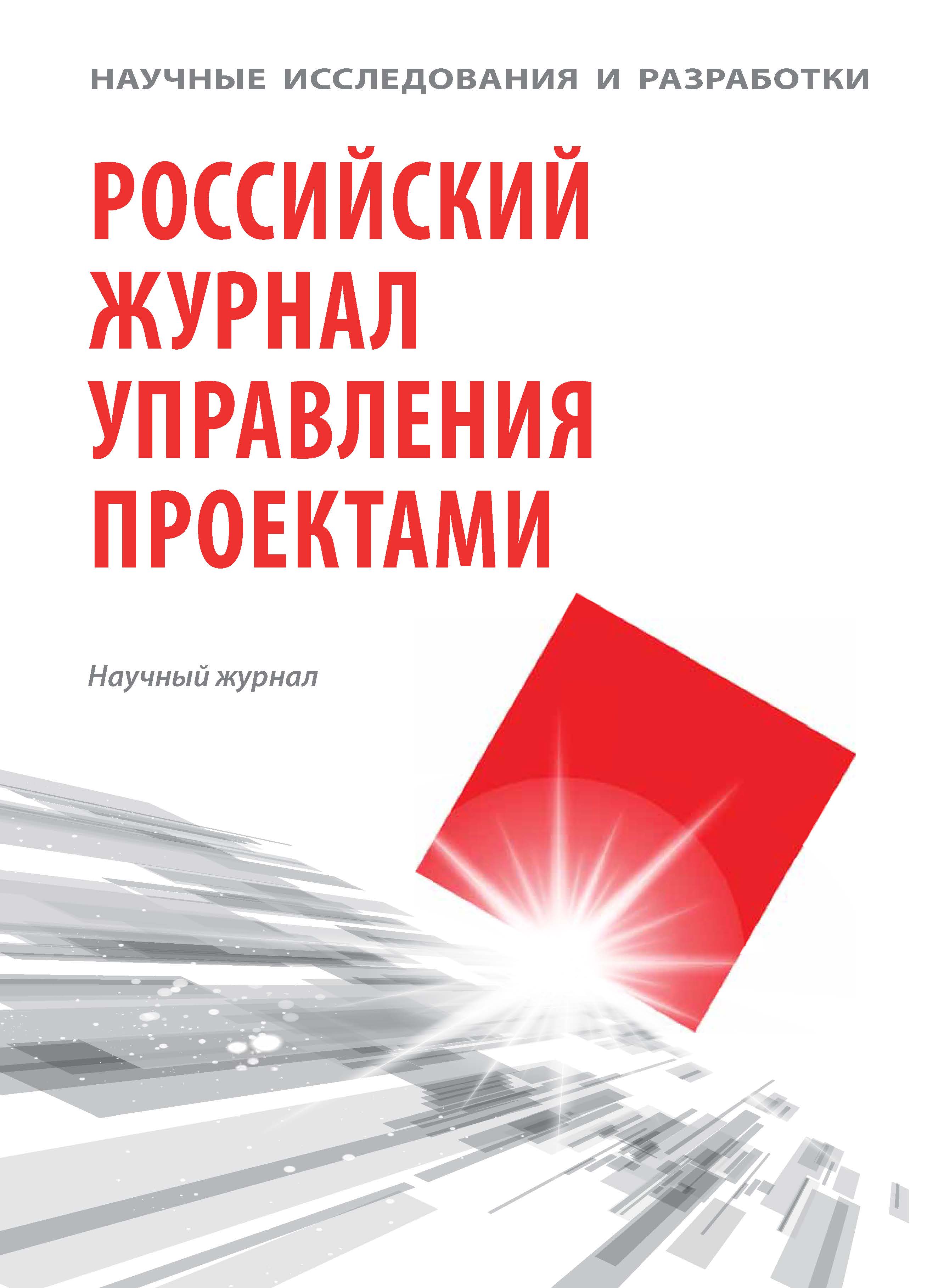Modern concepts related to elimination of negative impacts consequences on projects and programs have been considered. Approach of management by the prime cause of emergence of risks, changes, conflicts, etc. – influence management – has been offered. Classification of impacts on projects and programs has been executed. It has been shown that for creation of control systems for projects or programs it is necessary to deviate from the traditional scheme of risks, problems and changes management as management of such process, and to pass to management of these "diseases" primary source – impacts on the project or the program. It has been offered to use mathematical apparatus of soft interaction theory as scientific and methodical basis for finding an optimum decision on minimization of expenses for negative impacts consequences elimination. Based on entered into soft interaction theory values of determination and information awareness a mathematical model for calculation a measure of impact on projects and programs has been offered. Strategies of management by negative impacts on projects and programs have been presented.
information interaction, risk management, management of changes, management of influences.
1. Постановка проблемы
Реальное выполнение любого проекта, как правило, никогда не проходит согласно плану. В ходе реализации проектов могут варьироваться требования заказчика, условия выполнения работ, возможности по финансированию и ресурсному обеспечению. Все это влияет на проект и приводит к возникновению проектных отклонений – расхождению плановых и фактических показателей проекта.
Причиной возникновения проектных отклонений являются различные воздействия. Воздействия приводят к изменению в поведении субъектов проектов. Чаще всего это информация, которая «заставляет» работающих в проекте менять его структуру, план, бюджет, конфигурацию, продукты, процессы, решения и т.п. Получается, для того, чтобы уменьшить риски, изменения, проблемы, конфликты, необходимо управлять их первопричиной – отрицательными воздействиями на проект. Поскольку результатом воздействий является изменение отношения участников проектов к их сущностям, к управленческим решениям, то можно применить математический аппарат теории несилового взаимодействия к управлению воздействиями. В частности, применить инструменты несилового организационного управления. Решению этой проблемы посвящена данная статья авторов.
1. Bushuyev S.D., Bushuyeva N.S., Yaroshenko Y.F. Proaktivnoe upravlenie programmami organizatsionnogo razvitiya [Proactive management of programs of organizational development]. Kiev, National University of Construction and Architecture Publ., 2008.
2. Egorchenkov A.V., Katayev E.Y., Egorchenkova N.Y. Application of new approach of resource management in information management systems of Projects. Theses of the report of the X International scientific and practical conference «Modern information technologies in economy and management of the enterprises, programs and projects», Kharkov on September 10-16, 2012, pp. 147-149. (in Russian)
3. Kogan V.Z. Teoriya informatsionnogo vzaimodeystviya [The theory of information exchange]. Novosibirsk, Publishing House of the Novosibirsk University Press, 1991.
4. Mazur I.I. Upravlenie proektami [Project Management]. Moscow, «Omega-L» Publ., 2009.
5. Mgbere C.O. International scientific and practical conference «Management of projects: state and prospects». Ensuring organizational, functional and technological mobility of control systems of projects theses of reports. Nikolaev. 2010. (in Russian)
6. Poya D. Matematika i pravdopodobnyie rassuzhdeniya [Mathematics and plausible reasoning]. Moscow, Nauka Publ., 1975.
7. Tanaka H., Bushuyev S. Enrichment of the Ukrainian practice by Japanese Opytom. «Management of projects and programs as innovative platform: Ukrainian-Japanese Center». Japanese Association of Management of Projects, Ukrainian Association of Management of Projects. Kiev. 2010. (in Russian)
8. Teslya I.N. Vvedenie v informatiku prirodyi [Introduction in nature informatics: monograph]. Kiev, Maklaut Publ., 2010.
9. Teslya I.N. Nesilovoe vzaimodeystvie [Non-forceful interaction: monograph]. Kiev, Kondor Publ., 2005.
10. Teslya Yu.N. Metody proektirovaniya matrichnykh informatsionnykh tekhnologiy upravleniya proektami [Methods of design matrix Information Technology Project Management]. Radioelektronika і informatika [Electronics i informatics]. 1999, i. 2, pp. 111-115.
11. Teslya Yu.N. Primenenie modeli nesilovogo (informatsionnogo) vzaimodeystviya i psevdofizicheskikh logik k postroeniyu intellektual´nykh sistem upravleniya proektami [The use of non-force model (information) and the pseudophysical interaction logic to the construction of intelligent control systems projects]. Upravlіnnya proektami і rozvitok virobnitstva [Project management and development of production] 2004, i. 2, pp. 25-35.
12. Kharmut Kh. Primenenie metodov teorii informatsii v fizike [Application of information theory in physics]. Moscow, Mir Publ., 1989.
13. Kharrington Dzh. Sovershenstvo upravleniya proektami [Excellence project management]. Moscow, RIA «Standarty i kachestvo» Publ., 2009.
14. Shafer D. Upravlenie programmnymi proektami: dostizhenie optimal´nogo kachestva pri minimume zatrat [Software project management: achieving optimal quality at the lowest cost]. Moscow, Publishing House «Vil´yams», 2004.






